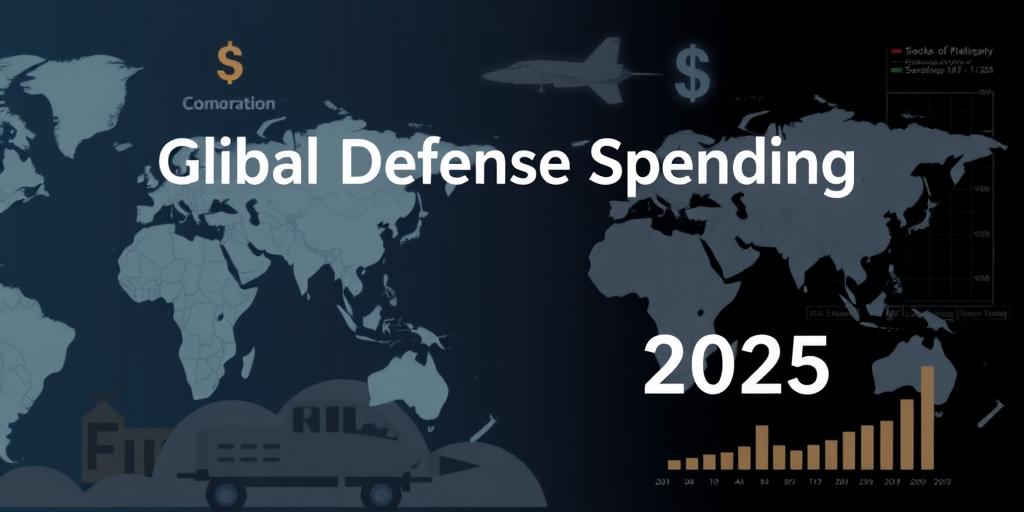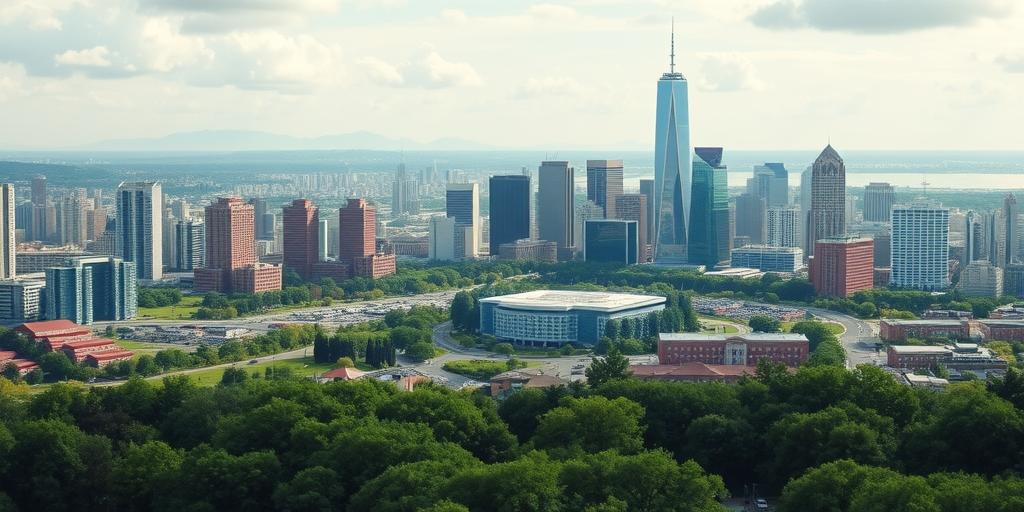India's Bullet Train Dream: Vande Bharat Takes the Lead While Shinkansen Waits
Forget everything you thought you knew about India's ambitious bullet train project! Get ready for a wild ride as we uncover the unexpected twists and turns in the journey to high-speed rail. The original plan for sleek, Japanese Shinkansen bullet trains gliding along the Mumbai-Ahmedabad corridor by 2026 has hit a major snag. The launch might not happen until 2033! So, what's the plan B?
Vande Bharat to the Rescue
India's homegrown Vande Bharat trains, capable of reaching speeds up to 280 kmph (174 mph), are stepping into the spotlight. While not quite the Japanese Shinkansen, these indigenous bullet trains will soon fill the void. The railway ministry has just announced tenders for a new European Train Control System (ETCS) Level-2 signaling system designed for Vande Bharat, paving the way for commercial operations as early as 2027 on this high-speed track.
Why the Delay for Shinkansen Trains?
Negotiations for the Japanese Shinkansen are still ongoing; this project is facing substantial delays, largely because of the complexities of adapting the cutting-edge Japanese train technology to India's unique infrastructure and conditions. The challenges are huge: from intricate signaling systems (Japan uses its own DS-ATC system unlike Vande Bharat trains), track infrastructure specifics to the need to factor in the extensive environmental impact and cost analysis of rolling stock adaptation. Getting the advanced E-10 series trains may be further pushed to a launch timeline beyond 2030. The current infrastructure isn't optimized for the Shinkansen trains; as such the infrastructure is designed to be flexible, suitable for use in Vande Bharat services in the interim period until the Shinkansen infrastructure upgrade is complete. So we're not talking just a slight hiccup; it’s a major restructuring of the project timeline that affects all subsequent bullet train development in India. This could be deemed a strategic shift from a reliance on foreign high-speed rail technology towards establishing robust homegrown expertise for high-speed infrastructure.
A Clever Stopgap Solution? Or Wasted Potential?
The decision to go ahead with the Vande Bharat signaling and infrastructure investment makes both operational and financial sense in the long-run. It's all about avoiding a massive white elephant in the meantime! Rather than let this high capital-intensive project sit idle waiting for the Japanese trains, they’re putting the corridor to use with existing equipment. Once Shinkansen arrives, the ETCS can be moved elsewhere, ensuring a cost-effective solution for a new signaling system, with the advantage that it’s deployable for existing railway corridors in India as well.
The Future of India's High-Speed Rail
This new approach underscores a significant shift in the nation’s high-speed rail strategy. While the Shinkansen still represents the long-term vision, India is demonstrating its ability to innovate with Vande Bharat, achieving substantial milestones for indigenous high-speed infrastructure technology that can subsequently enable broader integration of more bullet train networks.
Take Away Points
- India's bullet train project is facing delays, with Shinkansen trains now potentially arriving closer to 2033.
- Vande Bharat trains will operate on the Mumbai-Ahmedabad corridor in 2027 as a temporary solution.
- The new ETCS Level-2 signaling system will allow both Vande Bharat and the Shinkansen in future, allowing more seamless train operation and more efficiency, allowing efficient interoperability between both types of trains. This ensures smooth functionality until the Shinkansen deployment is operational.
- This temporary transition demonstrates both forward thinking and pragmatism. India has invested significantly in preparing the infrastructure to support a high-speed railway network, that can handle future bullet trains; rather than being stuck with unused infrastructure while awaiting Shinkansen completion, the Vande Bharat will allow the Mumbai-Ahmedabad corridor to be brought to public use sooner than originally intended.
This pivot, while seemingly reactive, demonstrates strategic thinking, highlighting India's increasing self-reliance in advanced rail technology.









